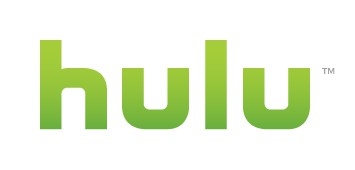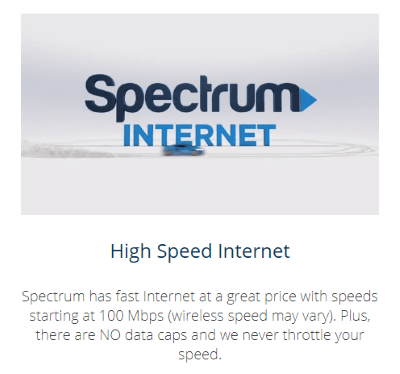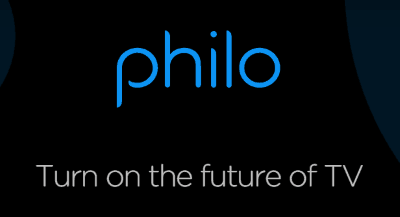
Ad breaks on Pluto TV are not always elegant. This screen can appear for a minute or more instead of commercials.
Viacom is not wasting any time remaking Pluto TV into a more formidable possible cable-TV replacement, after acquiring the streaming service in March for $340 million. Now the service is adding Pluto-branded versions of Viacom’s cable networks that anyone can watch for free.
Unlike Hulu, Netflix, or Amazon Prime Video, Pluto TV has no subscription fees and is entirely supported by commercial advertising.
Much like in the early days of cable television, many of the networks on the Pluto lineup still feature second-rate programming or niche interest, low-budget original programming. But Viacom obviously intends to change that perception, launching special Pluto-branded versions of name-brand cable networks like BET, Comedy Central, MTV, Nickelodeon, and others.
In an effort to protect their contractual relationships with cable and satellite providers that pay substantial fees for Viacom’s cable networks, Pluto TV’s free versions are not exactly the same as what you’d find on your cable or satellite dial. But many of the most popular shows found on those networks also can be found on Pluto TV’s Viacom channels, some at different times or perhaps a day or two later.
Recognizing many viewers have turned away from live, linear television in favor of on-demand viewing, Pluto TV has also created binge channels that will “pop up” from time to time, allowing viewers to catch up with earlier seasons of popular shows or see a current show’s missed episodes on channels where they repeat continuously.
Because Viacom also has an extensive content library of its own, it was not difficult to assemble a range of “Signature Channels,” which group shows from multiple networks together on a series of theme-based channels. For example, CMT Westerns feature reruns of classic western TV shows seen on various networks. Several MTV networks target different audiences, like MTV Guy Code, MTV Teen, and MTV Dating. Comedy Central gets a side-network as well. Comedy Central Pluto offers many of the shows you’d find on the primary cable network, plus there is Comedy Central Stand-Up, which features continuous stand-up comedy routines.
Although Pluto TV retains the familiar concept of “channel” numbers, grouped by theme, Viacom is clearly starting to shift the viewing experience more towards individual shows instead of networks.
There are now so many individual channels on the Pluto platform, we won’t list them here. It is easier just to visit and view for yourself.
Pluto TV by Viacom is clearly a work still in progress. There are some significant issues. Commercial advertising inserts are clumsy and often cut shows off mid-sentence on some channels. Sometimes, an extended “we’ll be right back” screen appears where advertisements normally would. There is also no built-in way to record shows for time shifted viewing, and Pluto TV has so far refused to offer an online program guide beyond the next two hours of viewing, so you cannot easily know what shows will be aired when.
Other weaknesses are in sports and news. The network news channels are identical to those you can see on their respective websites by yourself, and a number of advocacy news channels including Newsmax, The Young Turks, and RT America are poor replacements for typical cable news channels. CNN’s presence on Pluto TV is limited to a curated playlist of stories airing on the network that day, and Sky News, Bloomberg, and Weathernation are not comparable to MSNBC, CNBC, or The Weather Channel.
Sports programming is mostly talk shows about sports and events larger sports networks would never cover. Pluto Sports also runs movies about sports.
Still, Pluto TV is free, and with the huge number of channels, chances are excellent you will find something to watch without much trouble.


 Subscribe
Subscribe Hulu, unlike its bigger rival Netflix, still depends on commercials for a substantial part of its income, and on Wednesday
Hulu, unlike its bigger rival Netflix, still depends on commercials for a substantial part of its income, and on Wednesday  Charter Spectrum’s broadband-only customers run up more than double the amount of broadband usage average customers subscribing to both cable TV and broadband use, and that consumption is growing fast.
Charter Spectrum’s broadband-only customers run up more than double the amount of broadband usage average customers subscribing to both cable TV and broadband use, and that consumption is growing fast.
 The average Comcast broadband customer
The average Comcast broadband customer  Philo is the latest streaming alternative to cable television consolidating its package offerings, ditching a 45-channel skinny bundle sold for $16 in favor of a single 58 channel package Philo will continue to sell for $20 a month.
Philo is the latest streaming alternative to cable television consolidating its package offerings, ditching a 45-channel skinny bundle sold for $16 in favor of a single 58 channel package Philo will continue to sell for $20 a month.